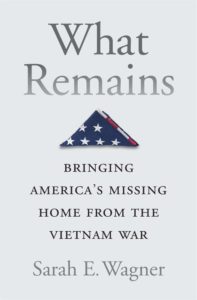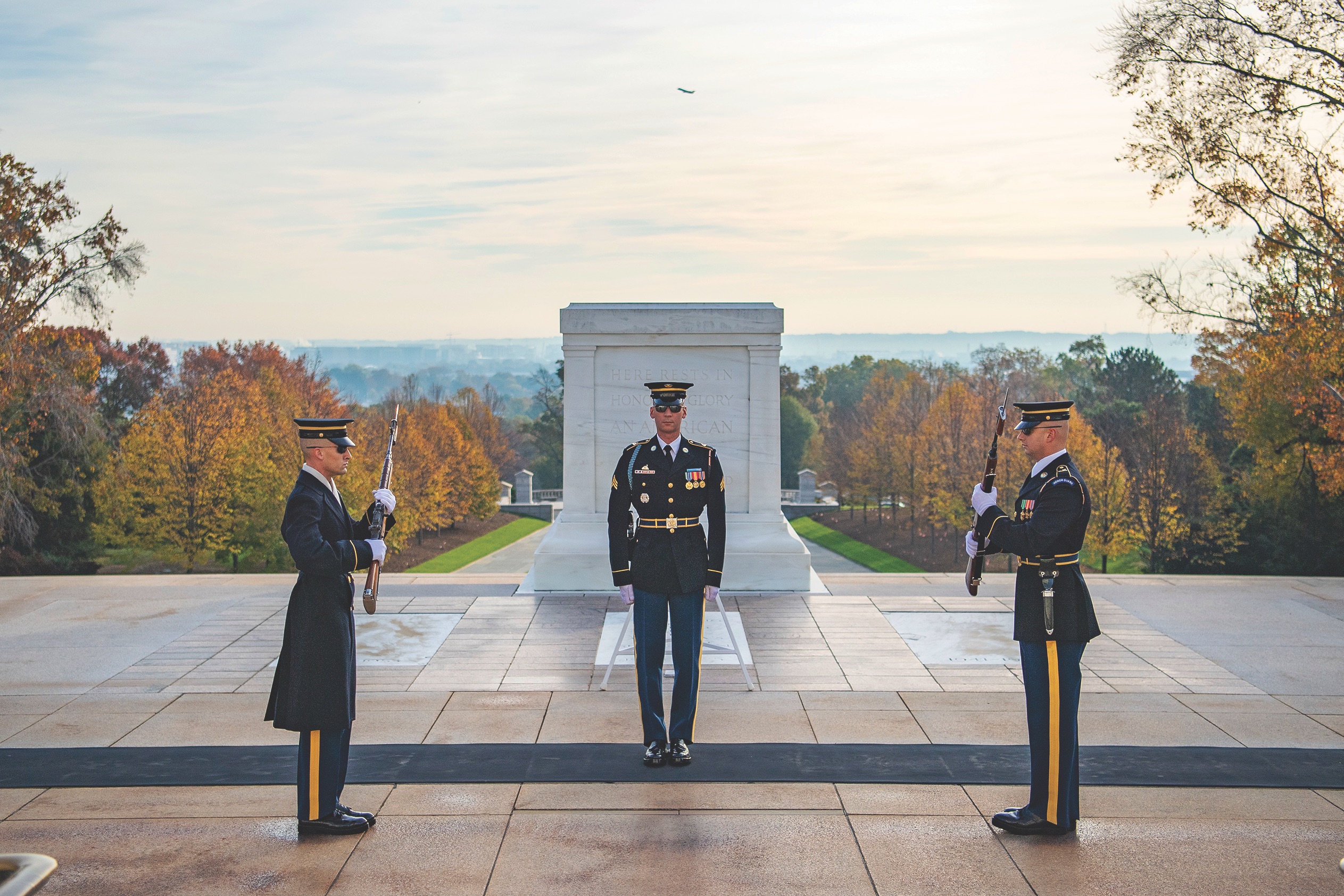Sarah E. Wagner’s excellent book, What Remains, is an exhaustively researched account of America’s quest to account for, recover and identify service members lost in combat so families can be reunited with the remains of their loved ones. Wagner, an associate professor of anthropology at George Washington University, reveals her heartfelt and moving interactions with families of the Vietnam War’s missing in action, bringing to life their—sometimes ongoing—struggles to deal with tragedy and loss.

By Sarah E. Wagner
Harvard University Press, 2019
Yet, for this Vietnam War vet, one important part of Wagner’s book reopens a decades-old wound that continues to fester. Wagner rightly identifies scientific forensics as a landmark achievement that has co-opted the entire MIA issue.
In 1998, three years after “normalizing” relations with the still-repressive government of the Socialist Republic of Vietnam, President Bill Clinton announced that the hallowed remains of an unknown service member buried in a Vietnam War crypt at the Tomb of the Unknown Soldier in Arlington National Cemetery would be removed from that sacred ground and subjected to DNA testing to positively establish the fallen warrior’s identity. Clinton’s secretary of defense, William Cohen, justified the tomb’s desecration: “We disturb this hallowed ground with profound reluctance…[but] yield to the promise of science with the hope that the heavy burden of doubt may be lifted from a family’s heart.”
Indeed, the disinterment and DNA test proved that the remains were those of Air Force 1st Lt. Michael J. Blassie, killed on May 11, 1972, when his aircraft crashed near An Loc, north of Saigon close to the Cambodian border. However, during the years when those remains, buried in 1984, rested in peace anonymously as the Vietnam War’s revered “Unknown Soldier,” they were an honored and respected national symbol, like the “Unknowns” from World Wars I and II and Korea. While unidentified, the remains, “in honored glory,” at Arlington National Cemetery, transcended family ties because they belonged to every American as an enduring symbol of courage, sacrifice and the ultimate cost of freedom.
Blassie still rests in “honored glory,” but his gravesite in Section 85 in a remote corner of Jefferson Barracks National Cemetery, Missouri, “among a sea of marked graves” is seldom, if ever, visited, as Wagner explains: “Standing at the marked tombstone [an observer] was struck by the profound difference in circumstances. Blassie had gone from having hundreds of thousands, if not millions, of people visit his grave each year at the Tomb of the Unknowns in Arlington National Cemetery, to this quiet, almost unsung existence…there was something poignant about that change.”
“Poignant,” indeed. Blassie went from an “Unknown” representing all who served to simply a much-beloved family member numbered among the more than 58,000 who perished in Vietnam. Compare the desires of Blassie’s family, which demanded the Unknown’s body be disinterred and DNA tested, with the position of the mother of another service member whose remains might have been the ones in the Arlington crypt. Althea Strobridge, 78 years old, opposed opening the crypt, saying she would be proud just knowing that her son might possibly be the Vietnam War’s Unknown Soldier.
Simply because forensic science can do something doesn’t mean it should do it—often the “greater good” is served by science exercising appropriate and thoughtful restraint.
Military service is this nation’s least “individual” undertaking. The individual must, of necessity, always remain “expendable,” to be sacrificed, if necessary, for the greater good—the mission that must be accomplished for the nation to survive. Wagner’s book shows how, over time, that principle of supreme sacrifice by the individual has been turned on its head.
During World War II, individuals were asked to sacrifice for the good of the nation as a whole. Now, the greater good of the nation is secondary to recovering, identifying and returning the remains of the individual.
Wagner points out that the Vietnam War greatly precipitated that role reversal, even though the number of Vietnam War MIAs is only a tiny fraction of the MIAs of earlier wars—World War II: 78,000; Korean War: 8,154; Vietnam:1,500 at this point. Wagner explains, and celebrates, the way the advances in science and the concurrent political pressure exercised by Vietnam War advocacy groups for prisoners of war and MIAs changed everything.
Forensic science, which Wagner’s extensively researched book seems to revere above all else, did indeed return Blassie’s mortal remains to his surviving family’s bosom. But that cold, calculating scientific process simultaneously robbed the entire Vietnam War generation of an honored and revered “touchstone” at Arlington National Cemetery for all who served.
Despite its research strengths, Wagner’s book suffers from dry and densely written text and wording that unnecessarily taxes reader comprehension. However, the book was written for Wagner’s academic peers, anthropologists and related scientists, not for the general reading public, so it’s perfectly understandable she would lace her text with terminology and phrasing instantly understandable to her colleagues.
Even so, What Remains is an important and well-researched book on the history of America’s evolving care (recovery, identification and burial) of its “honored dead.”

